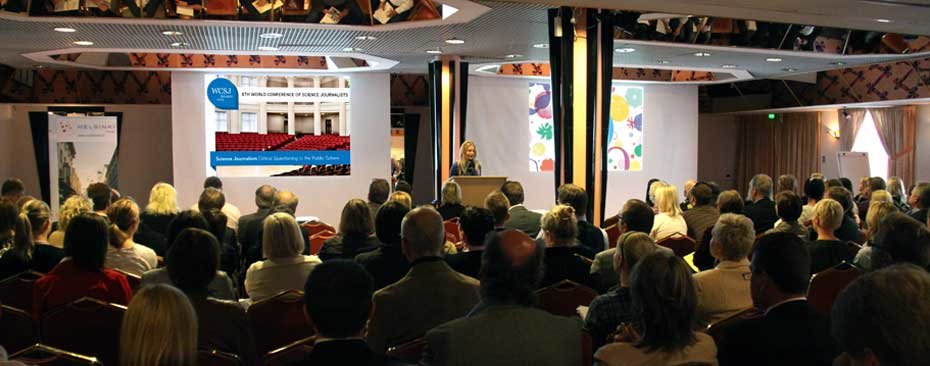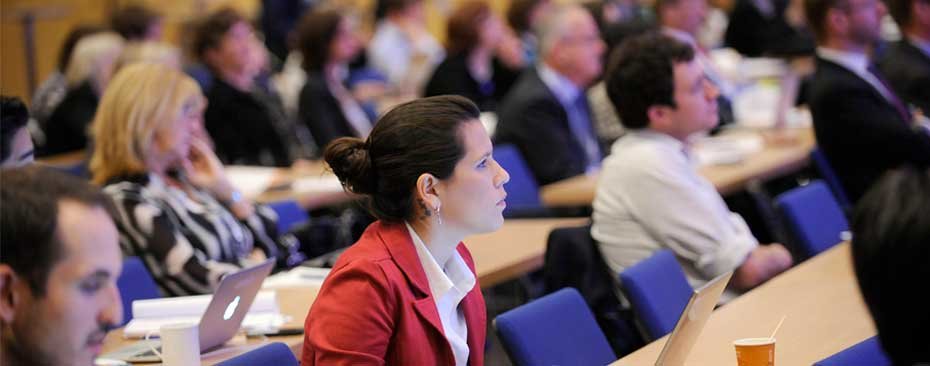Mass shootings from Newton to Norway have drawn enormous media coverage in recent years, gripping public attention as communities tried to respond to tragedy. Journalists play a central role in people’s efforts to understand these seemingly incomprehensible acts of violence, so they must handle the story with great care as it unfolds. The media almost always jump to conclusions about the mental health of the shooter, for instance, which can lead to misunderstandings about disorders like autism and schizophrenia and foster prejudice against people with those conditions. There is also a lot of misinformed debate about whether or not firearms make communities and households safer, which can inflame socio-political divisions at time when people are already hurting. This panel will discuss how science journalists can help resolve these problems by going over the latest research on gun violence and by pointing out the many opportunities they have to make sense of the senseless.
Panelists:
Curtis Brainard, editor of The Observatory, Columbia Journalism Review‘s online critique of science new, has written numerous posts criticizing the coverage of mass shootings.
Shankar Vendantam is a science correspondent for National Public Radio (NPR) and a former science writer for The Washington Post, who has covered research on guns and violence for more than a decade.
Meri Valkama is a Finnish journalist who works for Journalisti – a professional magazine published by the Union of Journalists in Finland. Valkama has reported about violence against women and how it is covered in the Finnish media. She has also taken part in debates about shootings and firearms law.













